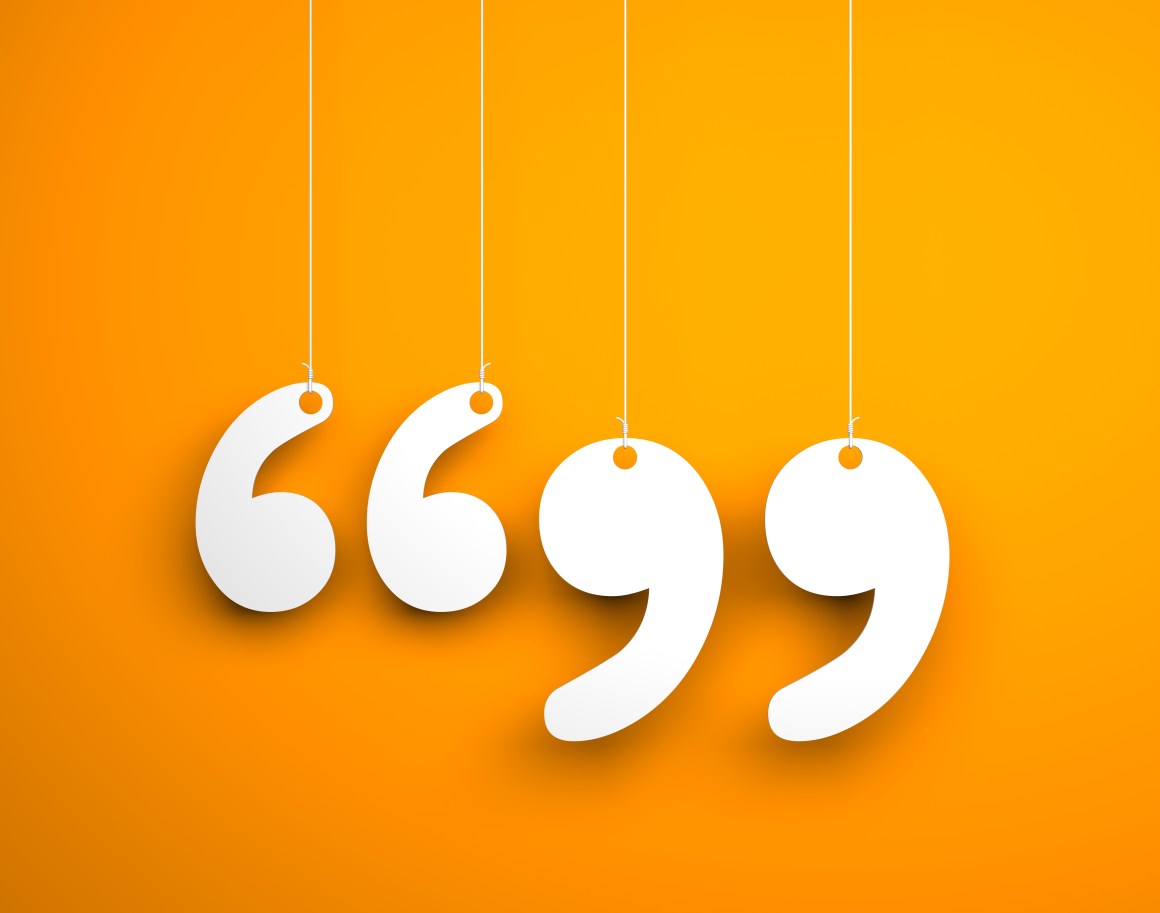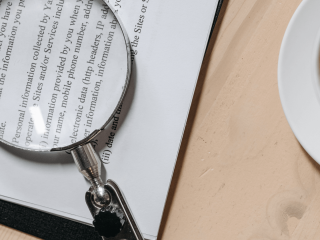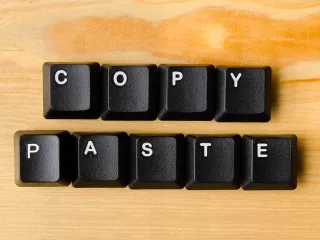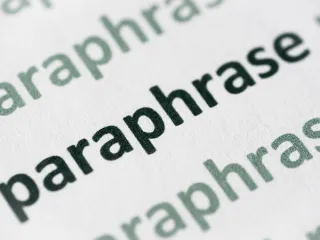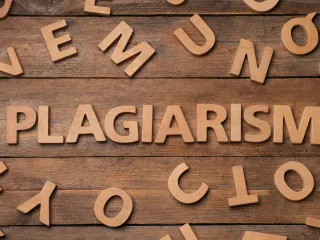Writing is not only about expressing your own thoughts but also about using information from other sources to support them. But how do you show your readers where you got that information from?
That’s where citations come in. Citations are a way of giving credit to the original authors and avoiding plagiarism. They also help your readers to find the original sources if they want to learn more.
A proper citation includes:
- The author’s name.
- The title of the source.
- The publication date.
- The page number.
- The references page is where all the sources are listed.
You can use different citation styles depending on your writing purpose and audience.
You can also visit a writing lab to get help with citations and other aspects of writing. Citations can make your writing more credible and authoritative because they show that you have done the research and used reliable sources. They can also help search engines to rank your writing higher in the search results.
By the end of this article, you will have gained valuable insights into crafting accurate citations that adhere to formatting guidelines while effectively avoiding plagiarism throughout your writing process.
What is a Citation?
A citation is a way of giving credit to the source of information that you use in your writing. It shows your readers where you got the information from and how they can find it. It also helps you avoid plagiarism, which is copying someone else’s work without permission. A citation usually includes the following information:
- Original author information: This tells your readers who wrote the original source that you are using. For example, if you are citing a journal article, you would include the author’s name and affiliation.
- Date of publication of your copy: This tells your readers when you accessed the source that you are using. For example, if you are citing a web page, you would include the date that you visited the page.
- Year of publication of original copy: This tells your readers when the original source that you are using was published. For example, if you are citing a book, you would include the year that the book was printed.
- Page numbers you are using: This tells your readers which part of the source that you are using. For example, if you are citing a chapter in a book, you would include the page numbers that you are quoting or paraphrasing.
- The material you are using in the citation: This tells your readers what kind of information you are using from the source. For example, if you are citing a quote, a paraphrase, or a summary.
You should include citations in the text of your paper and on a separate references page at the end of your paper.
Why is it Important to Cite Original Sources?
Citing original sources is important for several reasons. First, it shows respect and honesty to the original authors and sources you use, and it acknowledges their contribution and gives them credit for their work.
Second, it helps you avoid plagiarism, which is using someone else’s work as your own without permission. Plagiarism is a serious academic offense that can negatively affect your reputation and career.
Third, it shows the credibility and quality of your own work. It demonstrates that you have researched and used reliable and relevant sources to support your arguments. It also indicates that you have followed the writing style and format of your discipline and source type.
Finally, it helps your readers to find and evaluate your sources. It provides them with a reference list where they can access the original sources if they want to learn more or check your information.
When Do You Need to Cite?
You must cite whenever you borrow ideas, words, or images from another source. Some examples of when you need to cite are:
- When you borrow an idea that someone else has already presented in their work
- When you use a direct quote from a source, using the same words as the author
- When you restate the author’s words in your own words
- When you mention a specific detail from the work of another, such as the title, date, or page number
- When you rely on the research and work of another to create your own ideas or arguments
You can cite your sources in different ways, such as using parentheses with the author’s last name and the year of publication or using footnotes or endnotes. You can also use Libguides to help you with citing your sources correctly for your research paper.
The Most Common Citation Style Guides
In today’s academic and professional world, various citation styles are used to appropriately credit the original authors of the sources referenced in a piece of writing. These citation style guides provide standardized formats for referencing sources, ensuring consistency and clarity across different disciplines.
MLA (Modern Language Association) Style
The MLA citations are popular among humanities scholars like literature and language researchers and use parenthetical citations within text along with an alphabetically arranged Works Cited page at the end.
APA (American Psychological Association) Style
APA citations are commonly used in social sciences such as psychology, education, and sociology. It emphasizes the author-date system for in-text citations and includes a detailed reference list at the end of the document.
In-Text Citation
In-text citations are references in your work that show the source of other authors’ ideas and words. They help readers find more information and avoid plagiarism. There are different in-text citation formats, such as parenthetical and narrative. They usually include the author’s name and publication year, and sometimes page numbers. They should match your reference list, which has all the sources you used.
Chicago Manual of Style
Chicago-style citations are a way of referencing sources in writing, especially in the humanities. They are based on the guidelines of The Chicago Manual of Style (CMOS), a style guide for American English. There are two types of Chicago-style citations: notes and bibliography and author-date. Notes and bibliography use footnotes or endnotes and a bibliography to cite sources, while author-date use parenthetical references and a reference list. Chicago-style citations help writers avoid plagiarism and show respect to the original authors and sources.
Turabian Style
Chicago/Turabian style, favored by historians and other fields that use extensive primary source material, offers two options: notes-bibliography system or author-date system, depending on discipline-specific preferences.
Conclusion
In conclusion, a citation is an essential aspect of writing that helps to acknowledge the original sources used in creating content. It ensures that credit is given where it’s due and prevents plagiarism. Knowing when to cite and which citation style guide to use can be crucial for businesses and marketing teams looking to create high-quality content.
Citing sources can be challenging, but you don’t have to do it alone. Quetext is a trusted tool and partner that can help you avoid plagiarism and generate quality citations. Quetext has a citation generator that can create citations in various styles, such as APA, MLA, Chicago, and more. You can also use Quetext to check your work for plagiarism and improve your writing skills.
Try Quetext today!

